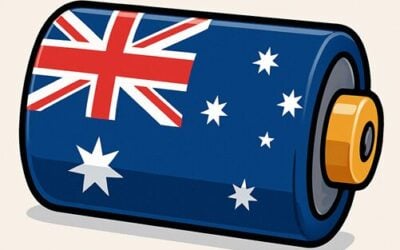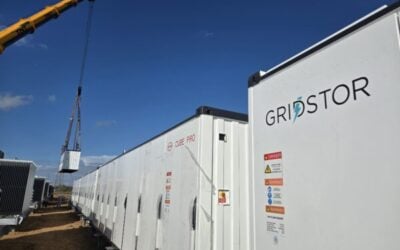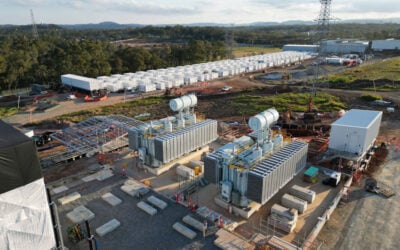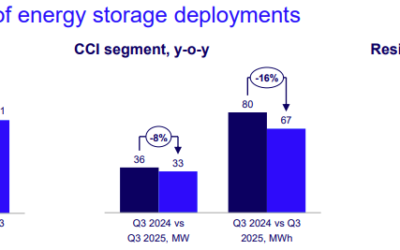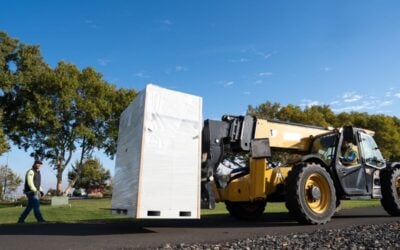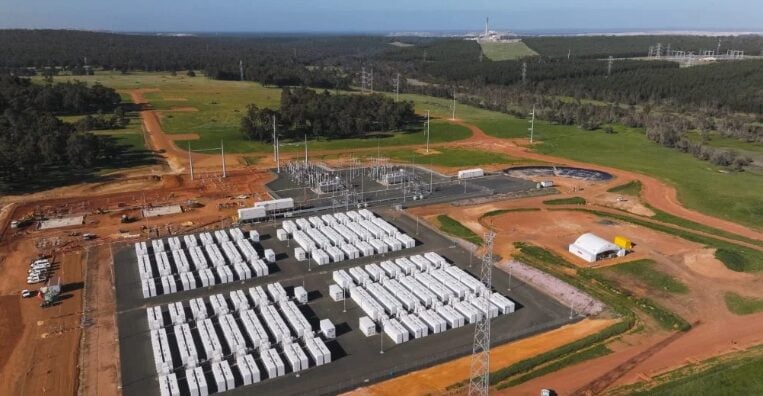
Australia’s AusEnergy Services (ASL), formerly AEMO Services, has released the Capacity Investment Scheme (CIS) Tender 6 parameters, seeking an initial 2,400MWh of dispatchable capacity in Western Australia.
The tender, which forms part of the federal government’s CIS initiative to seek 40GW of renewables and energy storage by 2030, will specifically target projects that will connect to Western Australia’s South-West Interconnected System (SWIS), and by extension, the Wholesale Electricity Market (WEM).
Western Australia’s grid is divided into two isolated networks. The SWIS covers the state’s southwest, including the capital, Perth, and the North West Interconnected System (NWIS), which primarily serves the Pilbara mining region.
According to the Tender 6 market brief, released at the end of last week, projects bidding must be located within Western Australia and demonstrate the capability to provide dispatchable capacity to the WEM.
Try Premium for just $1
- Full premium access for the first month at only $1
- Converts to an annual rate after 30 days unless cancelled
- Cancel anytime during the trial period
Premium Benefits
- Expert industry analysis and interviews
- Digital access to PV Tech Power journal
- Exclusive event discounts
Or get the full Premium subscription right away
Or continue reading this article for free
ASL has specified that hybrid projects, such as solar PV or wind coupled with energy storage, will only be permitted to participate as “non-assessed hybrid projects.”
This means that a generation asset associated with the dispatchable asset will not be included in the assessment of the proponent’s bid. The proponent will be under no obligation to deliver the generation asset under the Capacity Investment Scheme agreement (CISA) terms.
According to the ASL website, Tender 6 of the CIS initiative will launch soon.
Implementation of a single-stage process
ASL has implemented a merit-based, single-stage application and assessment process for Tender 6, significantly streamlining the procurement methodology compared to earlier CIS rounds.
This approach, introduced from Tender 5 onwards, aims to reduce the overall tender duration from approximately nine months to six months. In an interview with ESN Premium, Nick Hawke, director of Australia’s Clean Energy Finance Corporation (CEFC), recently said this move was a positive shift for the CIS scheme.
The single-stage process requires bidders to submit comprehensive proposals, including full financial bids at the outset, eliminating the multi-phase approach used in earlier tenders. This change emphasises initial bid quality and completeness.
Alongside this, the tender guidelines said the new evaluation process will place “strong weighting on community and First Nations engagement,” signalling the importance of social license and indigenous participation in successful project development.
Previous WEM CIS tenders and the opportunity for energy storage
The SWIS faces unique challenges as Western Australia integrates higher levels of renewable energy, particularly rooftop solar, which has led to periods of low daytime demand and increased reliance on dispatchable resources during evening peaks.
Tender 6 aims to address these challenges by procuring flexible capacity that can respond to fluctuations in supply and demand.
This latest procurement follows the successful completion of Tender 2 for the WEM, which resulted in four projects being selected for CISAs earlier this year.
Those projects will collectively deliver 654MW/2,595MWh of clean dispatchable capacity across Western Australia’s main grid system, slightly exceeding the original target for that procurement round, which stood at 2,000MWh.
The winning projects, the Boddington Giga Battery, Merredin Big Battery, Muchea Battery, and Waroona Renewable Energy Project, are scheduled to be operational by October 2027. Each project is 4-hours in duration.
The consistent oversubscription of previous CIS tenders showcases strong industry interest in the programme. The first six tenders already account for over half of the total required capacity under the scheme – equivalent to 12.3GW of generation and 6GW of dispatchable capacity.
Our publisher, Solar Media, will host the Battery Asset Management Summit Australia 2025 on 26-27 August in Sydney. You can get 20% off your ticket using the code ESN20 at checkout.

